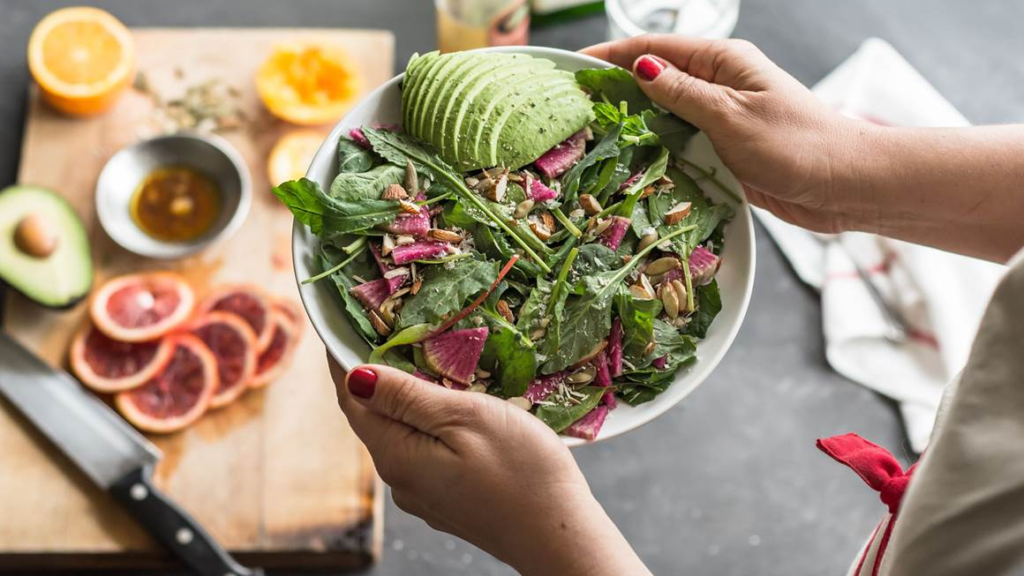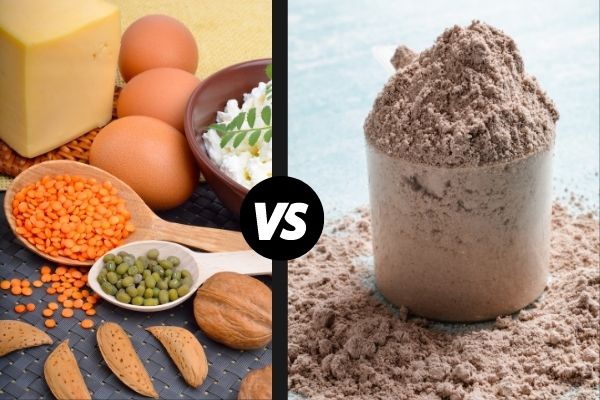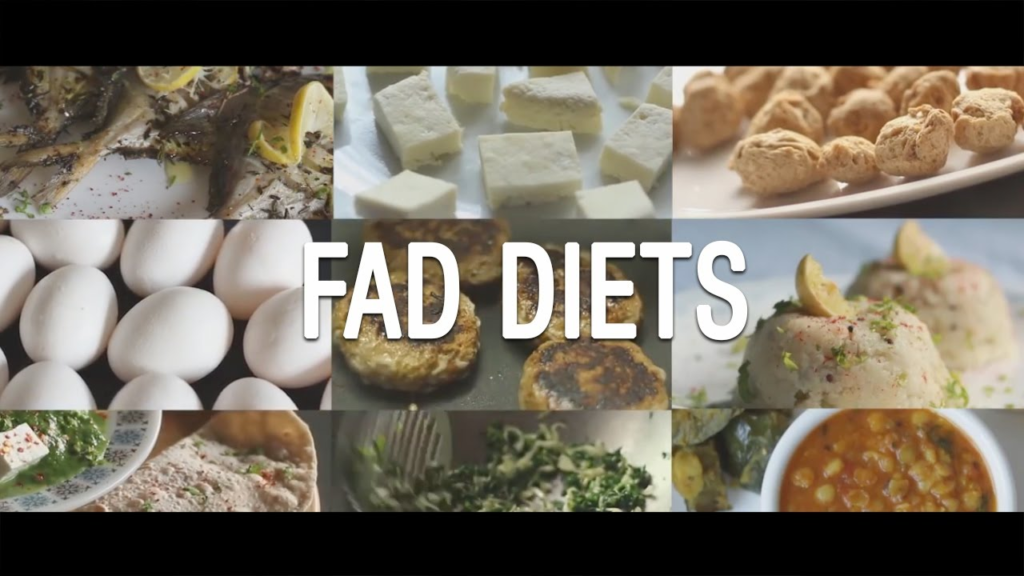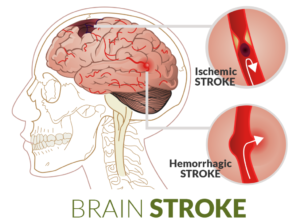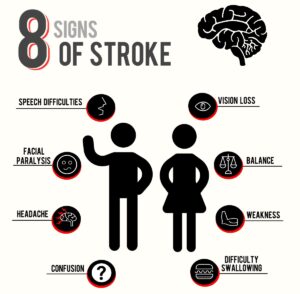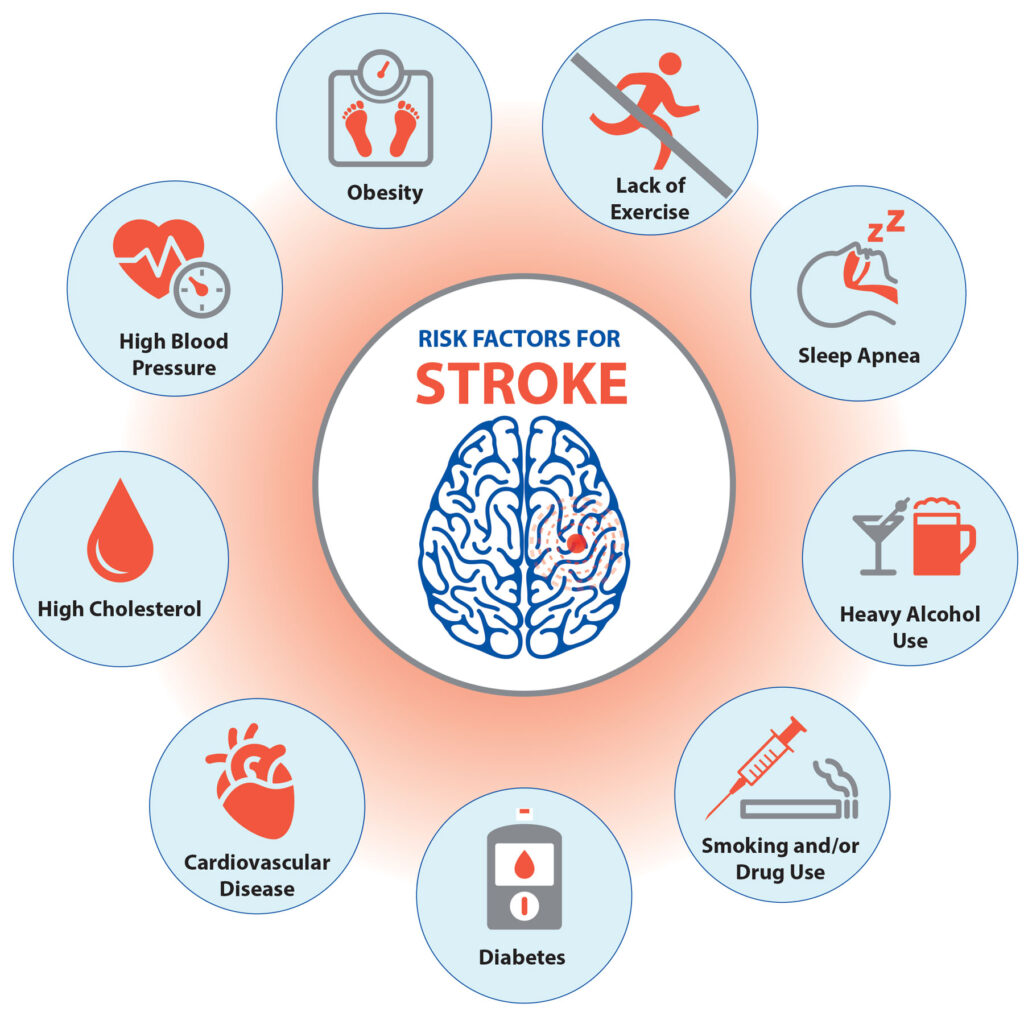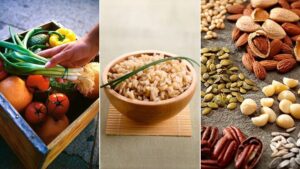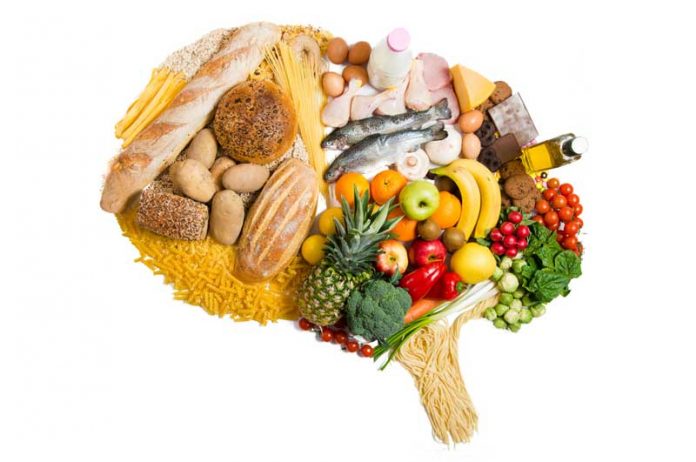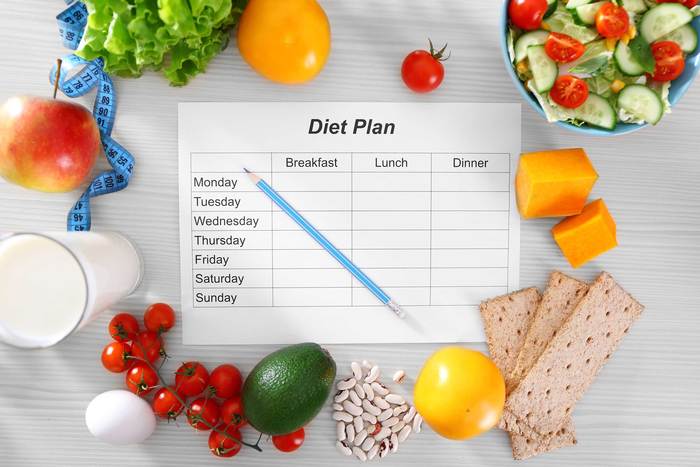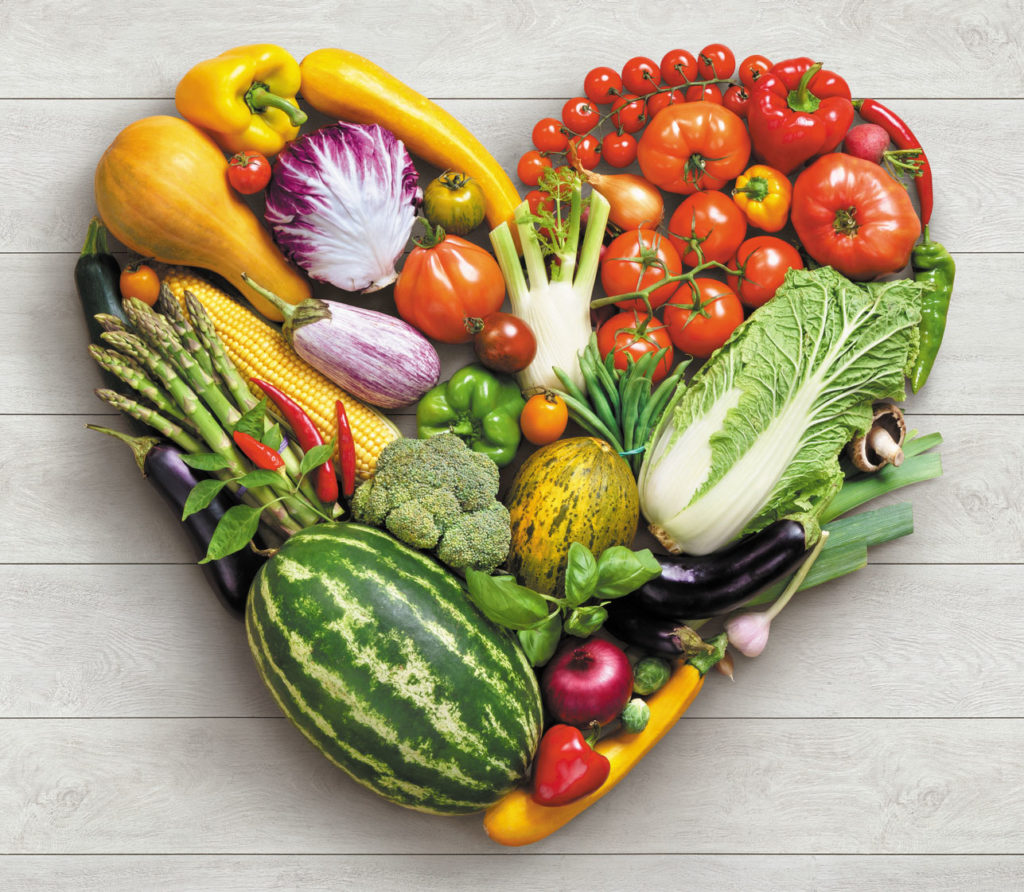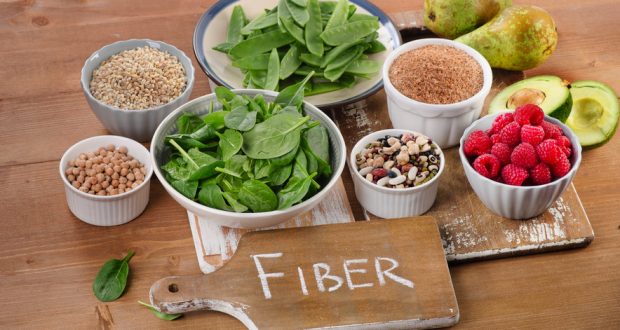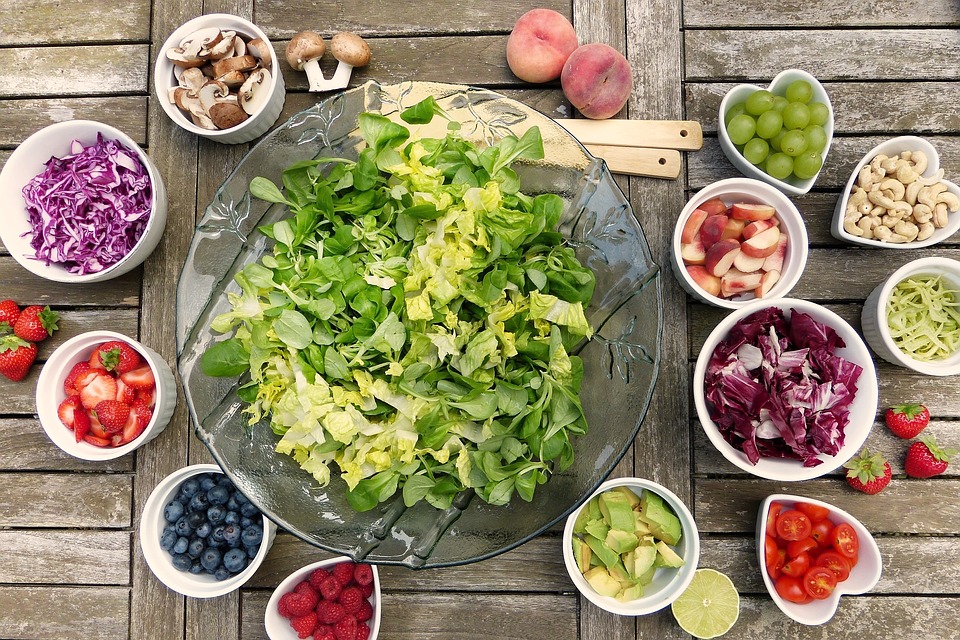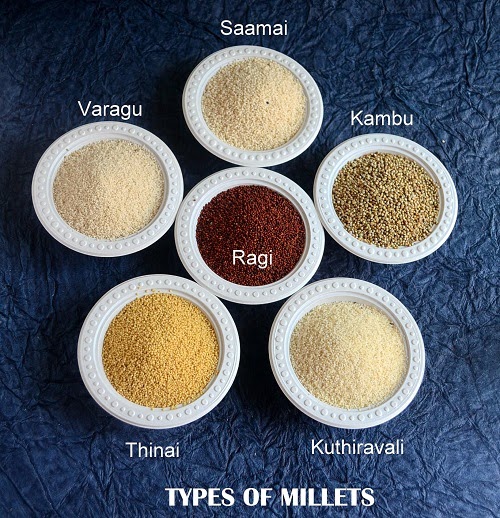Adding some raw foods to our everyday diet has many benefits. Raw foods have more nutrient content, density, flavour, texture and are rich in fibre that helps you feel fresh and energetic. The best way to eat raw food is to make them into salads of different types. Our daily dietary requirement is at least 3 cups of vegetables and 2 cups of fruits (with one cup measuring approximately 80 grams of foodstuff) and a nutritious salad can help us meet this requirement easily. If you are a busy person and would like to prepare a healthy, nutritious and colourful salad bowl at home, for you and your family or friends, within a few minutes, then this post is just for you!
There are different types of salads such as greens salad, fruit salad, rice and pasta salad, vegan salad, vegetarian salad, seafood salad, lean meat salad and many more. In fact, “raitas”, the desi way of consuming raw vegetables are an excellent option too and a great side dish for our Indian delicacies. Moreover, salad recipes can be made tastier by adding healthy ingredients like whole grains, dried fruits, fresh herbs, seeds and nuts. These will not only improve the flavour of your salad but will also add value to the nutritional content.
A salad can be a filling wholesome meal by itself or a between-meal hunger quencher. As they are easy to prepare, do not require much cooking experience and are often the best opportunity to showcase your creative talents in the kitchen, we invite you to begin your journey with salads today!
Some of the health benefits of salads are:
- Rich in vitamins and minerals, thereby boosts your immunity and prevents infections and helps to manage hypertension and cholesterol abnormalities
- Contains the healthy type of fat, hence good for your heart and blood vessels
- Has a desirable effect on sugar metabolism, hence recommended for diabetes prevention and control
- Rich in fibre, therefore the ideal way to stay away from constipation
- Low in calories, hence your best choice at any time of the day without having to worry about weight gain
Let me share some simple and nutritious vegetable salad recipes for the benefit of our readers.
1. Sweet and Spicy Tofu Salad with carrot

Tofu is a good source of protein and contains all nine essential amino acids. It is a plant source of iron, calcium, manganese and phosphorous. It also contains magnesium, copper, zinc and vitamin B1. It helps to lower LDL cholesterol, reduces the risk of breast cancer and osteoporosis, and keeps the liver healthy.
INGREDIENTS
- Tofu – 1 cup
- carrot, steamed – 1
- Onion, finely chopped – 1
- Tomatoes, finely chopped – 2
- Coriander Leaves, roughly chopped
- Green Chilli, finely chopped – 1
- Dates syrup, or honey – 1 tablespoon (may be replaced by soy sauce)
- Salt as required
- Pepper as required
METHOD
- Chop the carrots into equal size and place it in a steamer
- Steam the carrot in a steamer until cooked well
- Once the carrots are steamed, set them to cool completely
- In a bowl add the onion, tomatoes, the steamed carrots and green chilli
- Now add tofu diced in the bowl
- Add honey/dates syrup/soy sauce to the bowl
- Add salt and pepper to taste
- Add the coriander leaves
- Gently mix it, your salad is ready to serve
2. Sprouts with roasted mushroom salad
Mushrooms are rich in fibre, protein, antioxidants, B vitamins like riboflavin and niacin, selenium and are low calorie as well. Sprouted legumes are a rich source of proteins and are ideal for all age groups.
INGREDIENTS
- Mango (raw), peeled – 1/2
- Mushrooms – 10
- Green moong sprouts – 1 cup
- Puffed rice – ½ cup
- Onion – 1
- Tomato – 1
- Salt, pepper, chat masala, chilli flakes, as required
- Oil (sesame oil / sunflower oil) 1 table spoon
- Lemon juice, from half a lemon
- Coriander leaves, roughly chopped
METHOD
- Wash the mushrooms and cut into small pieces
- Roast the mushrooms in oil for 10 –15 minutes
- Once the mushrooms are roasted, set them to cool completely
- Peel the raw mango & cut it into equal size
- In a bowl add the onion, tomatoes, the roasted mushrooms along with puffed rice and raw mango
- Add red chilli flakes, salt, pepper or chat masala to taste
- For more taste, add a few drops of lemon juice
- Add the coriander leaves and gently mix with it, now the salad is ready to serve
3. Spicy chickpeas salad (zero oil sundal)
Chickpeas are a good source of protein and fiber. They are also rich in iron, zinc, phosphorus and B vitamins. Chickpeas help to control blood sugar, improve digestion and to lower cholesterol.
INGREDIENTS
- Chickpeas – 1 cup
- Onion – ½
- Tomato – 1
- Green chillies – 1-2
- Raw mango chopped – 1/3 cup
- Juice of half a lemon
- Coriander leaves, roughly chopped
- Salt and pepper as required
- Red chilli powder as required
METHOD
- Soak the chickpeas overnight
- Boil the chickpeas for 30 – 35 minutes till they get soft
- Add the boiled chickpeas in a bowl, and add chopped onion, tomatoes, green chilli, tomato, puffed rice, raw mango,
- Add salt and pepper and red chilli powder to taste
- For more taste squeeze the lemon juice
- Add the coriander leaves and gently mix it, now the salad is ready to serve
4. Spicy vegetable salad with curd

A diet rich in vegetables helps to lower blood pressure, reduces the risk of heart disease and stroke and prevents cancer digestive problems. Vegetables are a good source of many nutrients, including potassium, magnesium, iron dietary fiber, folate, vitamin A and C.
Curd is a great source of probiotic and the bacteria present in curd helps to improve the digestive health and gut activity. It boosts immunity and builds strong bones and teeth. Curd is rich in calcium, vitamin B-2, vitamin B-12, potassium, and magnesium
INGREDIENTS
- Carrot – 1
- Cucumber – 1
- Onion -1
- Tomato – 1
- Curd / yogurt – 1 cup
- Capsicum-1
- Salt, red chilli powder – to taste
- Coriander leaves, roughly chopped
METHOD
- Rinse the vegetables in water; chop the carrot, tomatoes, capsicum, cucumber, onion in equal sized pieces
- Add the chopped vegetables to a mixing bowl
- Whisk the yogurt/ curd till smooth
- Add the chilli powder and salt in the curd and mix well
- Now add the chopped vegetables and coriander leaves and mix it gently, now the salad is ready to serve.
Happy salad prep to our readers! Please do let us know your feedback after trying out these salad recipes. You may email us at info@cardiacwellnessinstitute.com for any questions or clarifications.
